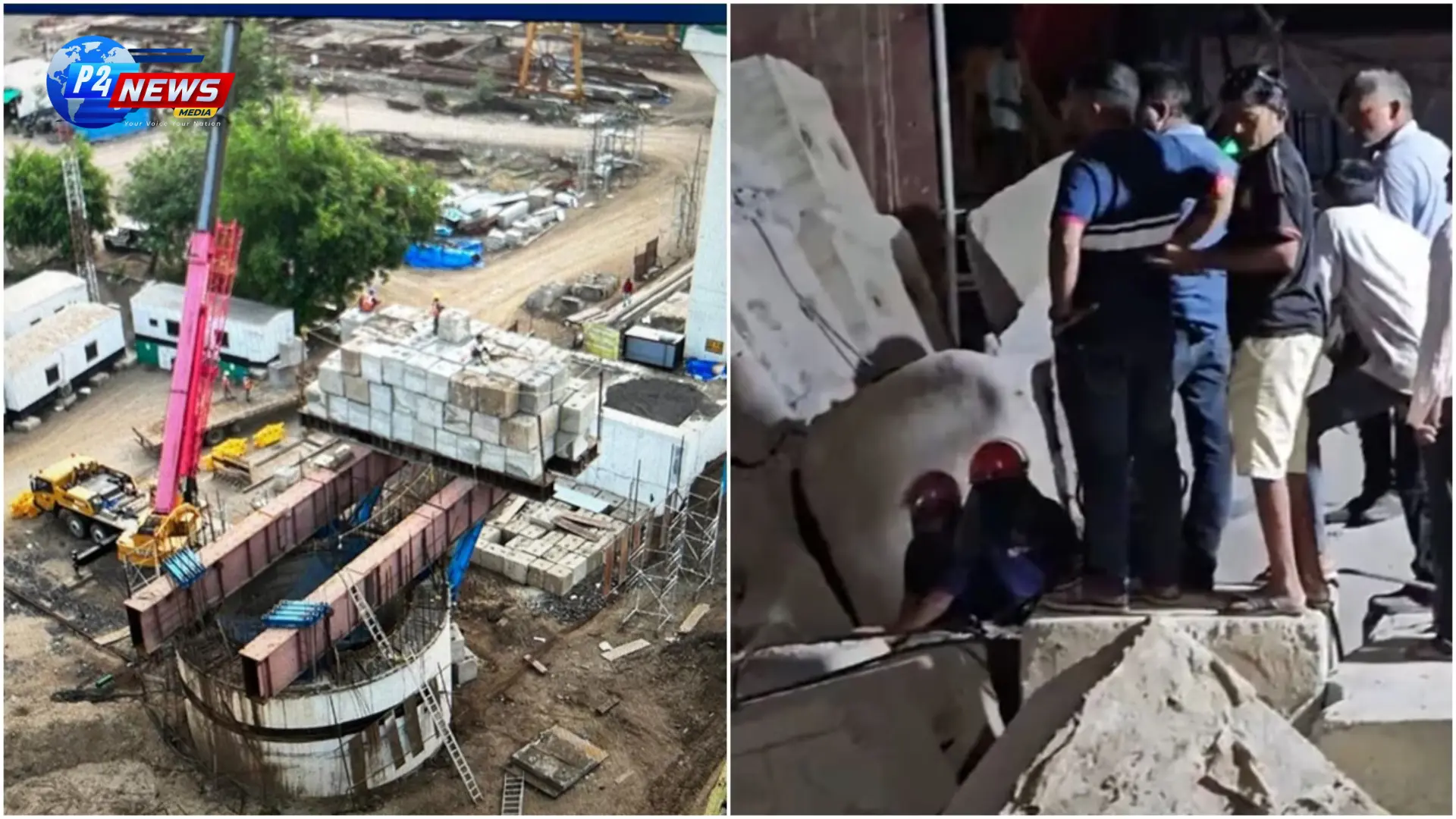A tragic accident at the Mumbai-Ahmedabad bullet train site in Gujarat led to the loss of three lives and left one worker injured. The incident occurred when heavy concrete blocks fell, trapping the workers. Immediate rescue efforts were launched, but the circumstances raise serious safety concerns.
Tragic Incident at Bullet Train Construction Site
A devastating accident occurred at the bullet train project site in Anand district, Gujarat, where three workmen tragically lost their lives, and another sustained injuries. This unfortunate event unfolded on a Tuesday evening, raising alarms about safety measures at major construction sites in India.
Details of the Incident
According to reports, the accident transpired when concrete blocks fell upon four workers who were engaged in the sinking of wells along the Mahi river. At the time of the incident, they were working to complete the sinking process, which was part of the ongoing Mumbai-Ahmedabad bullet train project. The work involved reaching a depth of 610 meters, with approximately 582 meters already achieved when disaster struck.
Immediate Rescue Operations
Following the occurrence, the National High Speed Rail Corporation Limited (NHSRCL) promptly initiated rescue operations. Local authorities, including the police and National Disaster Response Force (NDRF), joined forces with available cranes and excavators to aid in the recovery efforts. The dedication of these teams was crucial in the swift extraction of the trapped workers.
Casualty and Support for Families
Unfortunately, despite the rapid response, three workers were pronounced dead at the scene. The spokesperson for NHSRCL stated that an ex-gratia payment of ₹20 lakh was being processed for the families of the deceased workers. In addition, financial assistance was being provided to the family of the injured worker through online transfer, demonstrating a commitment to supporting those affected.
Investigation into Safety Protocols
The construction site incident has raised critical questions regarding safety protocols in place for such high-stakes projects. Initial information revealed that the concrete blocks, weighing 2.5 tonnes each, were being lowered using frames supported by high tensile strands. However, the snapping of these strands led to the catastrophic fall of the blocks, trapping the four workmen. A thorough technical inquiry has been launched to investigate the cause and ensure accountability.
Conclusion
This tragic incident at the bullet train site underscores the imperative for stringent safety measures in the construction industry. As major infrastructure projects expand across India, ongoing scrutiny and the implementation of comprehensive safety regulations are essential to protect the lives of workers who contribute to such ambitious endeavors. The loss of lives serves as a somber reminder of the challenges faced by laborers in the field, and it is critical to prioritize their safety in all construction undertakings.
















Comments 0